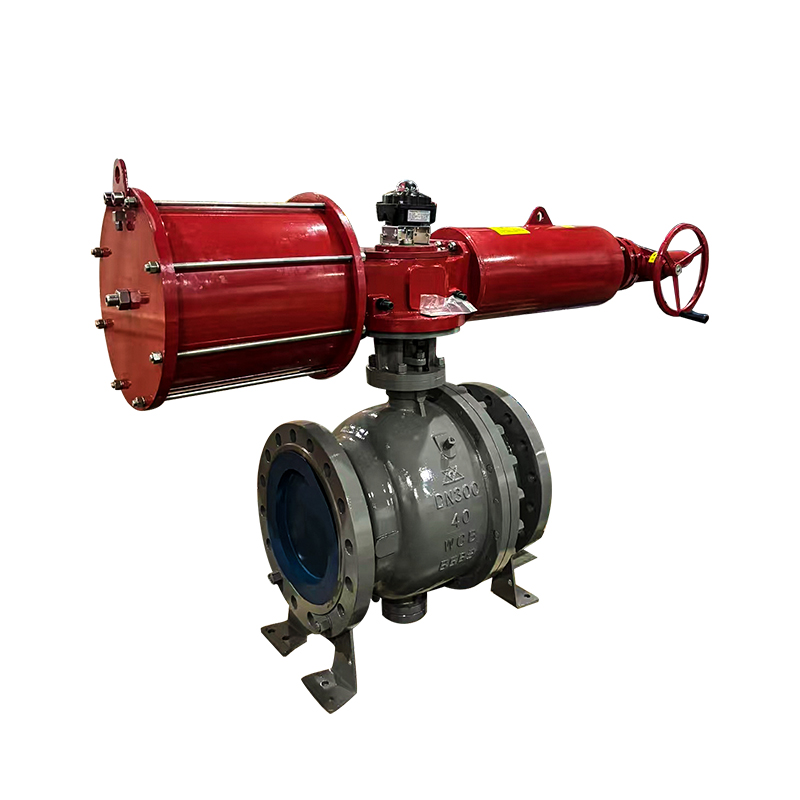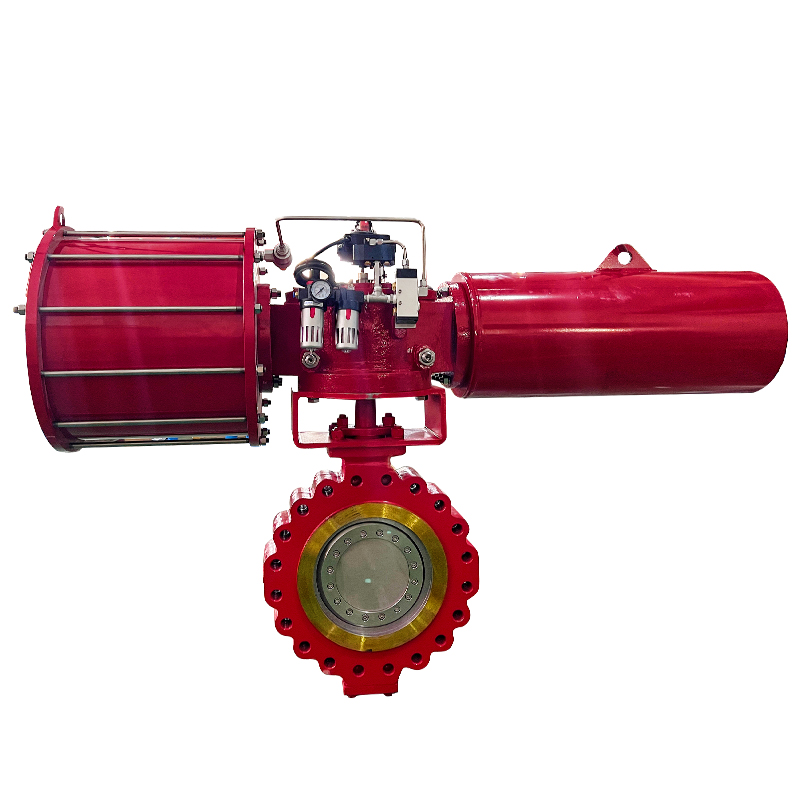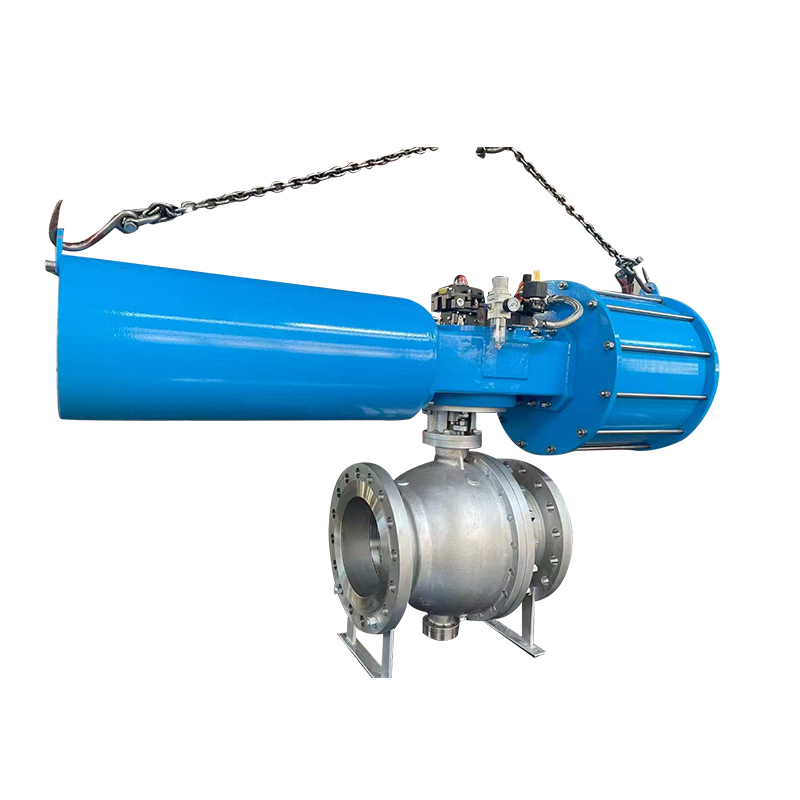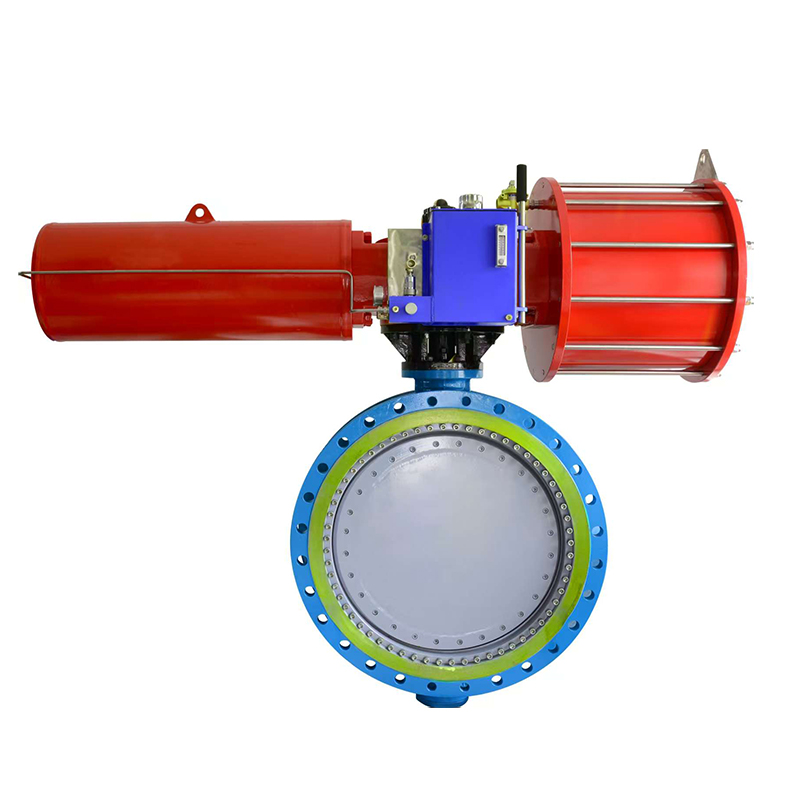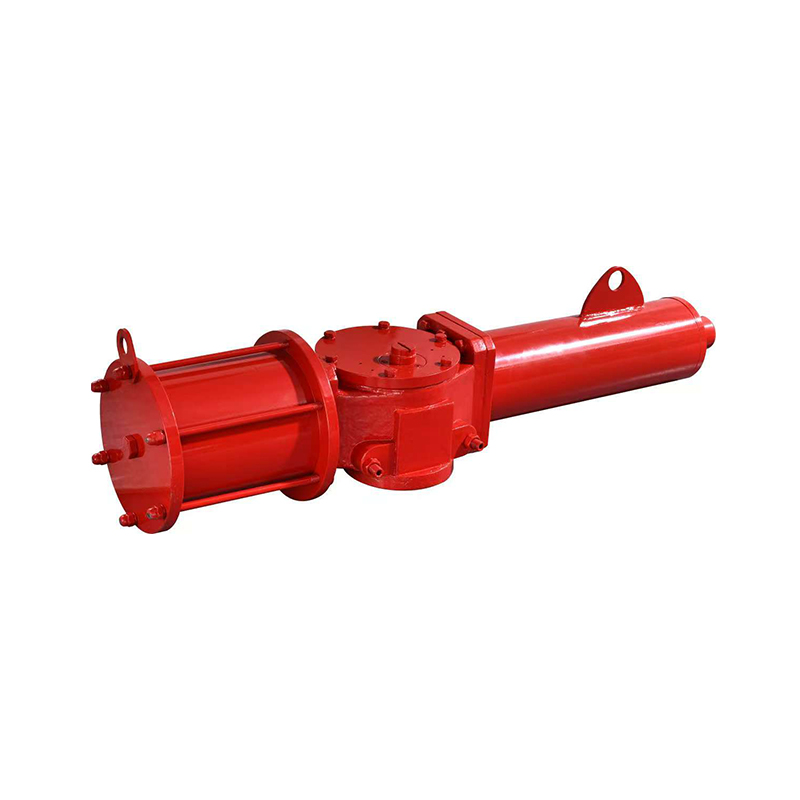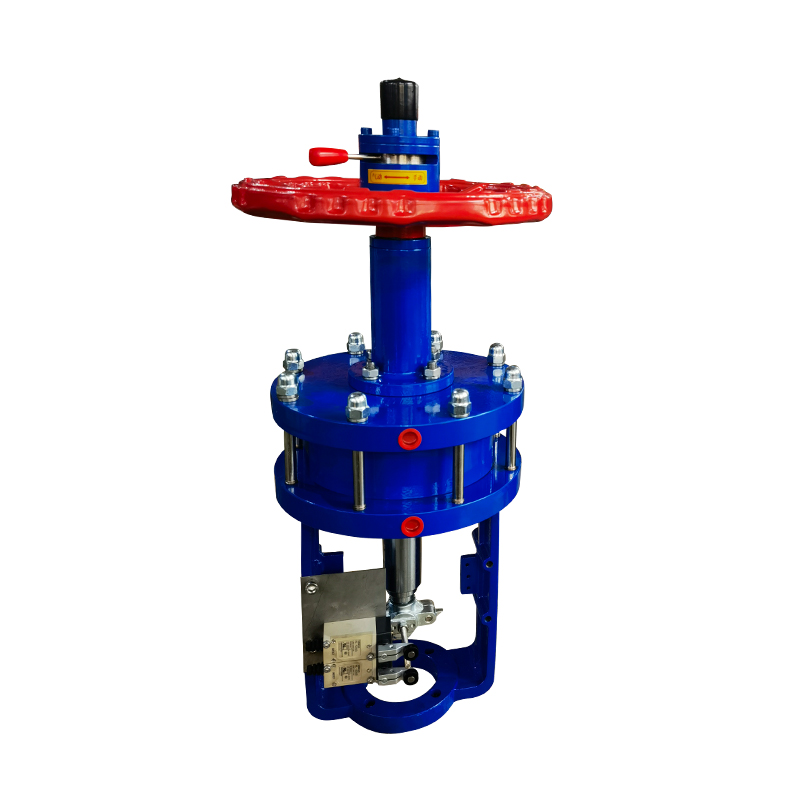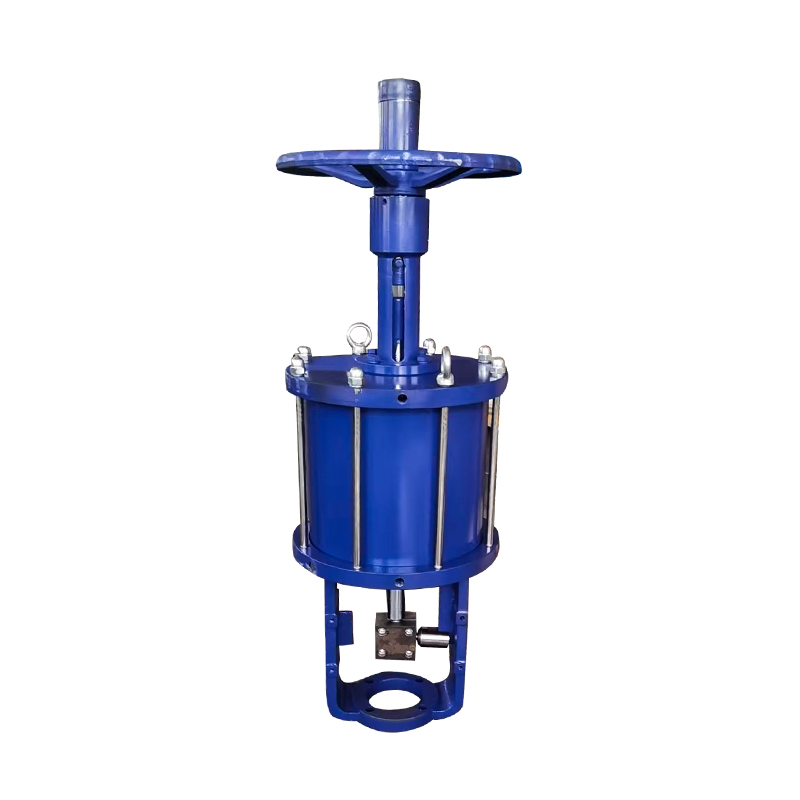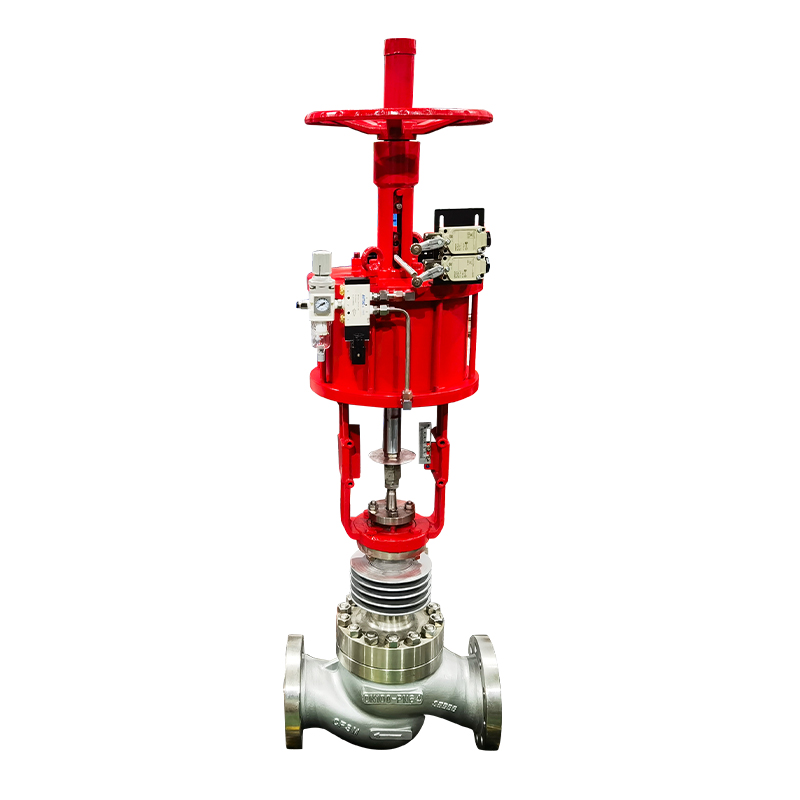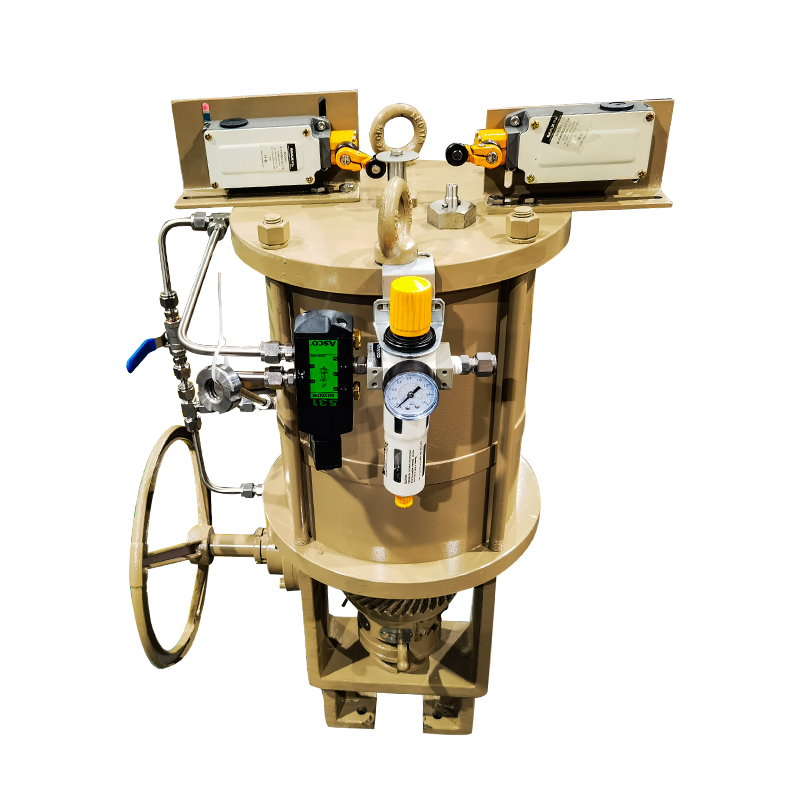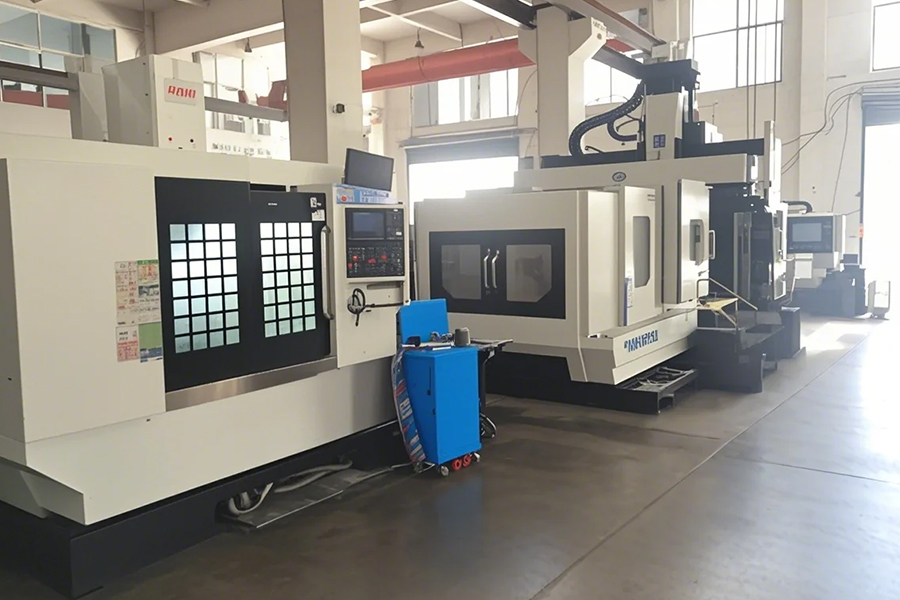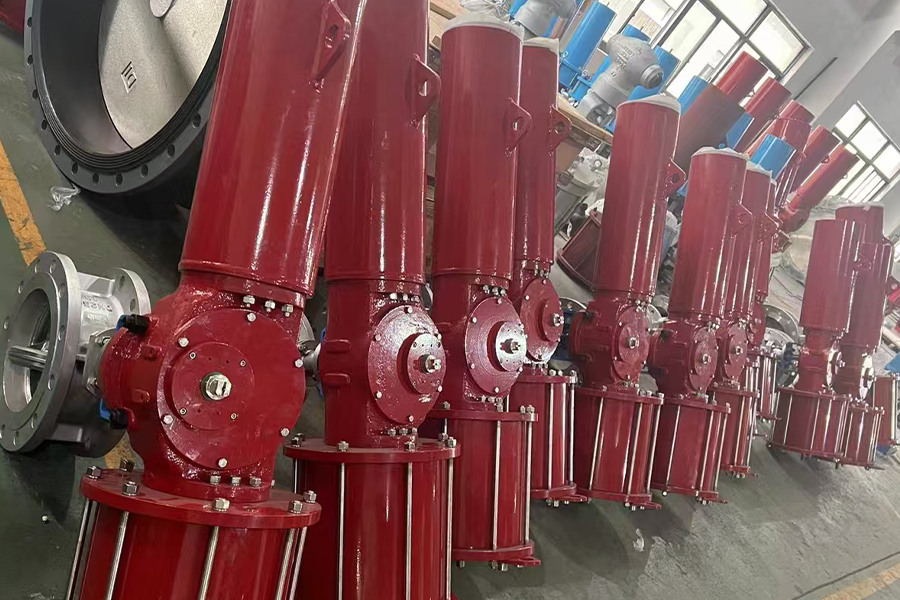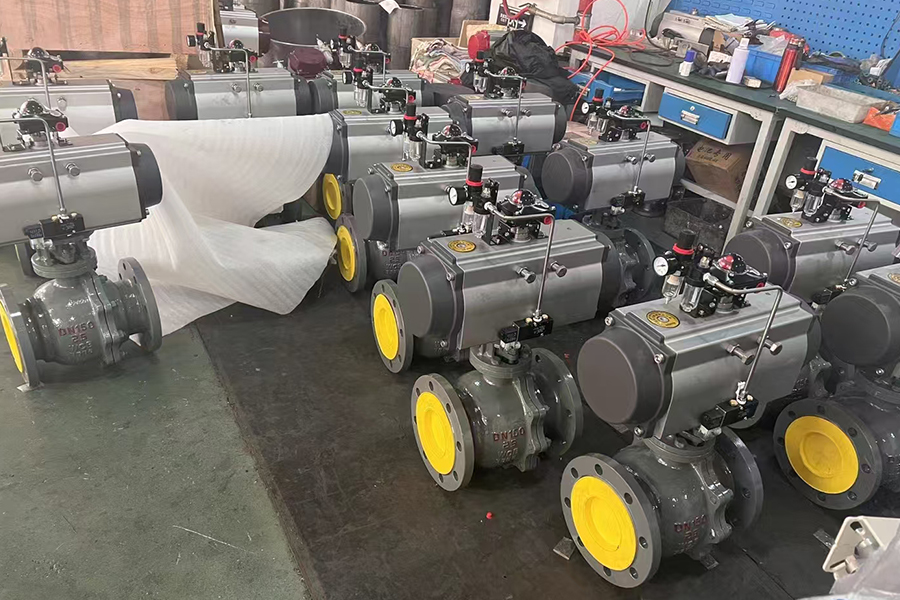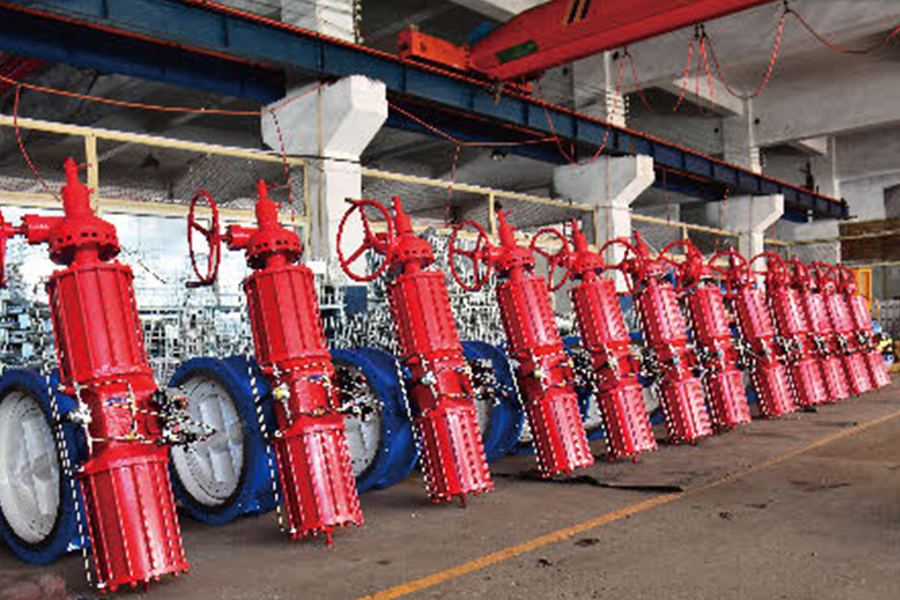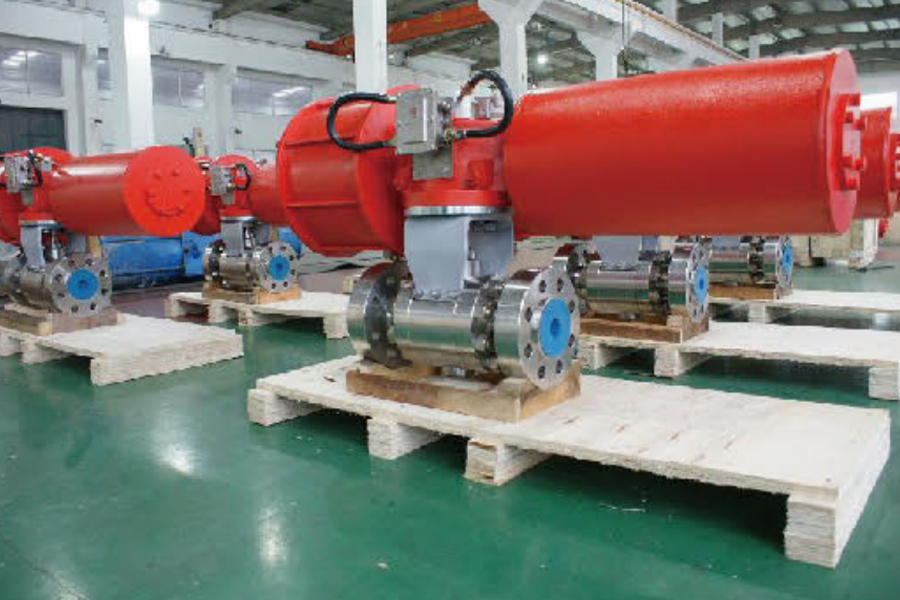The aluminum alloy pneumatic stop valve is a widely used valve type in various industries such as water treatment, chemical processing, and manufacturing. Its design and functionality combine both simplicity and efficiency, making it a go-to option for controlling fluid or gas flow in industrial systems. The main characteristic of this valve is its ability to be operated pneumatically, providing ease of control and automation in systems where manual intervention would be inefficient or impractical.
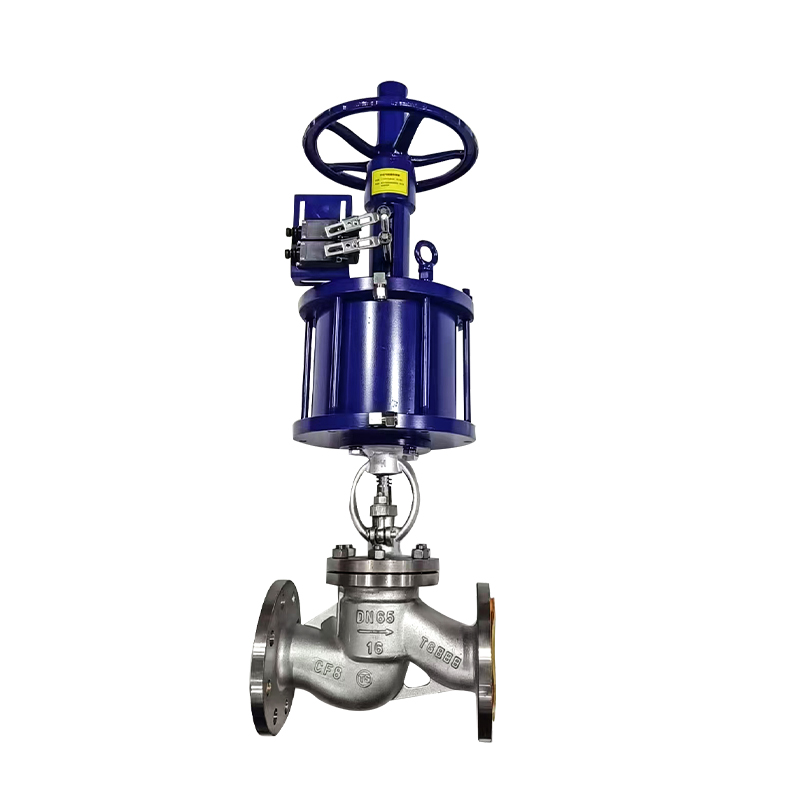
The construction of the aluminum alloy pneumatic stop valve utilizes lightweight, durable aluminum alloy materials. Aluminum alloy is chosen due to its balance of strength, resistance to corrosion, and lightweight properties. This makes the valve not only robust but also easy to install and maintain, reducing the overall system weight and improving efficiency. Aluminum alloy is particularly beneficial for applications that involve exposure to environmental factors such as moisture, chemicals, or high temperatures, where other materials might degrade over time.
One of the key features of the aluminum alloy pneumatic stop valve is its ability to handle high-pressure applications, providing reliable shutoff performance. This is essential for industries that require quick and effective isolation of fluid or gas flow. Pneumatically actuated, the valve can be opened or closed by an air pressure signal, making it ideal for automated systems. The integration of a pneumatic actuator allows for precise control, quick response times, and the ability to operate in remote or hazardous locations.
The pneumatic sanitary ball valve is commonly used in industries like food processing, pharmaceuticals, and biotechnology, where high standards of hygiene and fluid control are required. A key feature of the pneumatic sanitary ball valve is its ability to regulate the pressure of the fluid flowing through the system. Effective pressure regulation is essential to ensure the valve operates smoothly and efficiently, preventing system failures or equipment damage due to pressure fluctuations.
Pressure regulation in a pneumatic sanitary ball valve is achieved through a combination of components including the actuator, positioner, and control system. The pneumatic actuator controls the movement of the valve's ball, which in turn controls the flow of fluid. When pressure needs to be regulated, the actuator adjusts the ball's position in response to control signals, ensuring the desired flow rate and pressure are maintained throughout the system.
The positioner, which is an integral part of the actuator system, plays a critical role in this regulation. It ensures that the actuator responds accurately to the pressure setpoint by receiving signals from the system's control panel. By adjusting the position of the ball valve, the positioner helps to fine-tune the pressure, either increasing or decreasing it, to match the required parameters.
Maintaining consistent pressure is crucial in sanitary applications, where even slight pressure deviations can affect the quality of the product or the efficiency of the system. For instance, in the food and beverage industry, improper pressure regulation can bring about contamination risks or improper mixing of ingredients. The pneumatic sanitary ball valve offers a high level of precision in these applications, ensuring that pressure is kept within the desired range, even under varying flow conditions.








